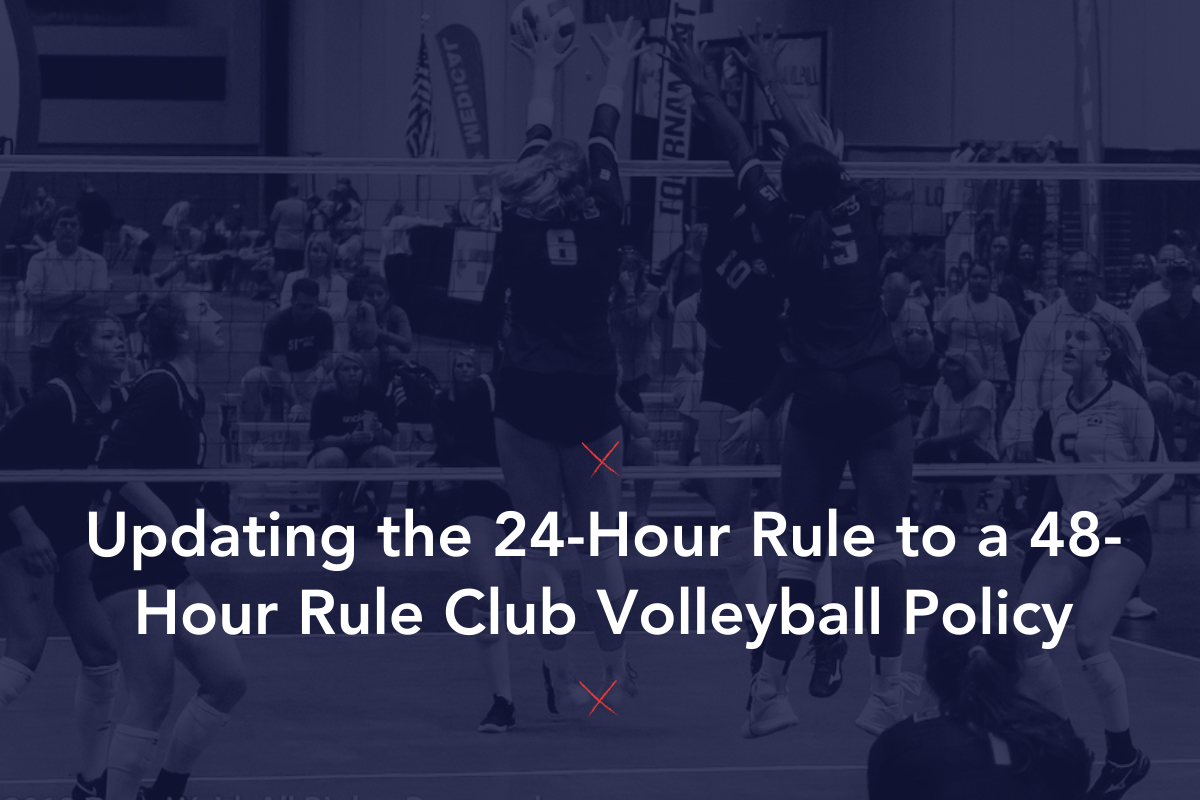A setter holds both the team’s most powerful position and its most frustrating one. Setters control the tempo, create the offense and maintain momentum. But the position depends very much on the quality of passing, as well as the strength of attacking, and if either of those are weak, setters can be left feeling inadequate and inefficient. Although a setter can feel dependent on teammates, it’s important to remember that a setter has weapons, too. Here are six weapons that can turn a setter into a more dominant and influential player.
#1 Good Setting Technique
Setters sometimes forget to keep an eye on their own technique. If hitters aren’t converting and passers aren’t performing, it’s easy to shift the blame. But if a setter works on achieving the best technique on every set, a lot of those bad passes can be saved and struggling hitters can be taken out of their slump.
- First, work on having quick feet and moving to the ball before setting it. Once to the ball the feet should be shoulder-width apart or slightly wider. Bend at the knees slightly, and make sure body weight is evenly distributed from the balls of the feet to the arches. Don’t have body weight too far forward or backward because this makes it difficult to change direction.
- The foot closest to the net (right foot) should be a little ahead of the other one. This slightly rotates the hips and shoulders into the court and helps keep the set from drifting too tight or over the net.
- Elevate the hands to the forehead, and cock the wrists in anticipation of the set. Keep hand and fingers firm in the shape of a ball. When contacting the ball, use all fingers. The ring fingers and the pinkies help stabilize the ball. Also, the more surface area covered on the ball, the better control the setter has of the ball. The goal is to have all 10 fingers on the ball!
- Take the set high above the forehead, and use the entire core and legs to push the ball towards the hitter. Finally, follow through with the hands after the ball is released; this helps keep it in a true trajectory.
#2 The Setter Attack
- This is often used by setters who receive a pass that is too tight. But by using it only as an emergency play, they lose out on the offensive power behind the tip.
- The best time to use the tip is on a good pass because the defense won’t expect it. The setter has to execute it fairly quickly, but being deceptive is more important than being fast. Good setters combine both speed and deception when they tip.
- When executing the tip, use a firm hand and a quick wrist. Avoid using the elbow as a lever because this “slam dunk’ technique will usually result in being called for a throw by the referee.
- The setter can tip with either hand, and direct the ball forward, behind or to the middle of the court. A tip can be hit short or deep.
- Tipping to the middle can allow a setter to be the most deceptive. If the defense changes strategy or is covering the middle well, then change up your tip location toward the sidelines.
- It helps to throw in a little variety. Eight out of ten times setters will go with their favorite shot, but the other times, they need to go to a new area.
#3 The Jump Set
- Jump setting is a great tool for setters, and it creates many advantages. First, it speeds up the offense because the setter reaches the ball sooner. Second, it often makes it easier to set quick sets or second tempo because the setter is closer to the height of the attacker. And third, it can fool the opponents into thinking the setter will attack. If a blocker is on the setter, that’s one less blocker for the hitter to worry about.
- Setters should also jump set to the outside because a lot of setters jump only when setting the middle.
- It’s important that setters learn to set every set both from the ground and from a jump set. When jump setting, feet should be in position first so that the setter is under the ball in order to make an accurate jump set. Use the same body and hand positioning used on a set from the ground. Set the ball when the peak of the jump is reached. And practice, practice, practice. This set doesn’t come naturally to most people and takes work to master.
#4 Saving the tight pass
- Sometimes, passers will overshoot the target (the setter), and the ball will begin to drift over the net. Take steps to save the tight pass before the opposing hitter attacks the ball.
- On a tight pass, the first priority is to make a set. On a tight and high pass, the first option is to use a jump set. But doing this requires a good jump, as well as arm and hand strength.
- Have the back angled toward the net (parallel to the net) to keep from touching the net, jump straight up and contact the ball with both hands. Angle the hands back to your side of the court to help keep the set off the net.
- A second option-one that’s much harder to execute-is the one-handed set. Reach high with the outside hand (the one closest to the net) and keep the hand, fingers and wrist stiff. This is the safest way to do it without being called for a lift. The softer the hand and wrist are, the more likely it is that the ref will blow the whistle.
- If the setter can’t reach the ball and is a front-row setter, try to attack the ball either with a hit or a tip. Or put up a block against the opponent’s attack.
- If the setter is back-row, the last-ditch options are limited. If the ball is out of the setter’s reach and drifting over the net, try faking a set. This will confuse the opponents and might keep them from attacking the over pass.
#5 Saving The Net Pass
- Almost as bad as an overpass is the pass that shoots into the net. But this doesn’t take away all the setting options.
- The first step is to save the ball. Watch to see where the ball is going to hit the net, and position the feet under it. Bend at the knees, crouch down and wait for the ball to pop out to make a pass set. Do not face the net when doing this.
- Keep an eye on where the ball contacts the net. If it hits up high, chances are that the ball will roll down the net. Stay close to the net to make this play. If the ball hits low, it will probably pop out. Be ready to react and move away from the net to reach it.
- The biggest mistake is to stay too high. Not crouching low and not ready to react, will result in the setter misjudging the ball, and less time to react.
#6 Hand Setting The Low Pass
- Sometimes a pass comes low and quick to the setter. Instead of waiting (or hoping) for the ball to hit the net, try to get hands on it and set it from a low position. It takes a lot of arm strength to set an outside ball like this and a lot of leg strength to support the body in a crouched position. But if capable. this is the best way to deal with a low pass. Getting hands on the ball gives the setter much better control and better location options.
- Get a quick read on the ball, and decide where it’s going to drop. Hustle to that position, and get low. Make sure the feet and body are under the ball because that will help to push the ball up. Take the set in the normal setting position.
This resource was shared by Premier Academy, a JVA member club in Maumee, Ohio.









